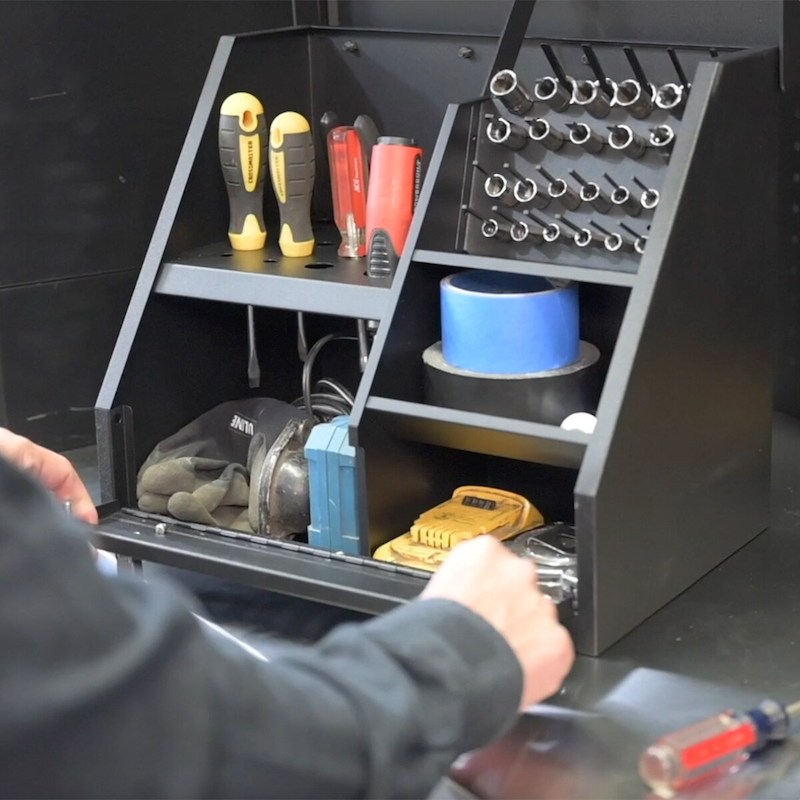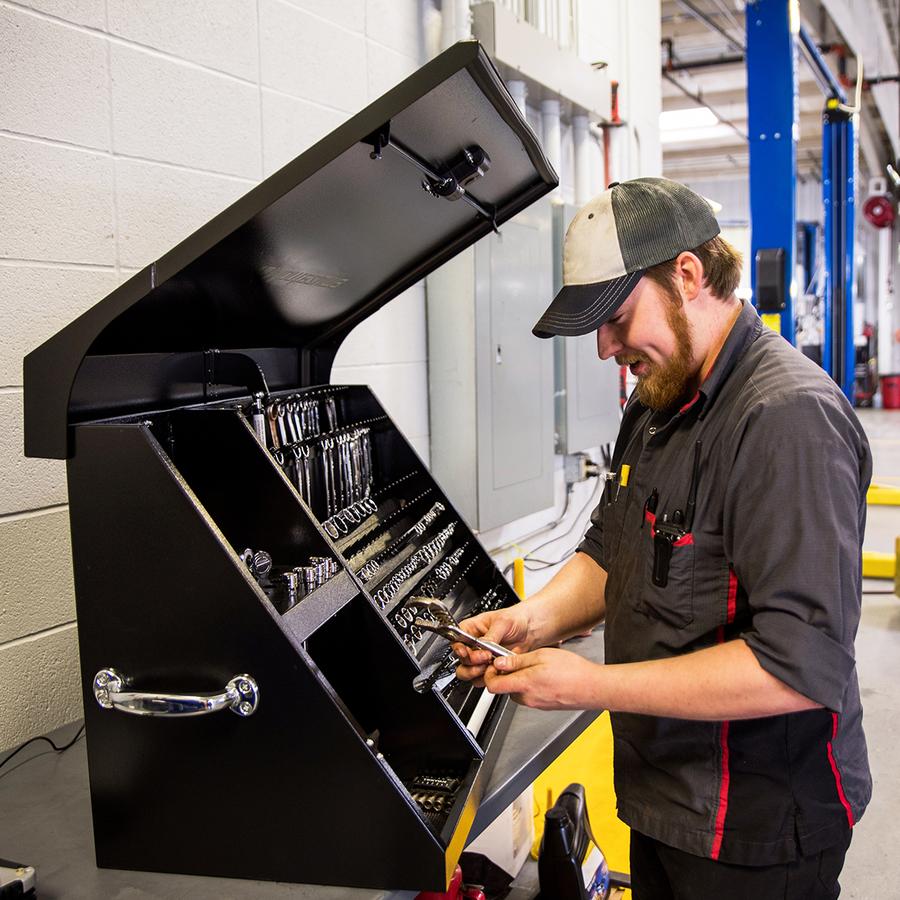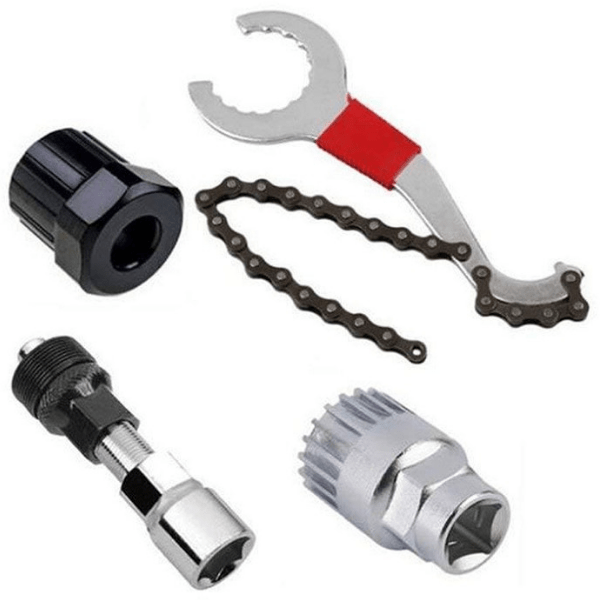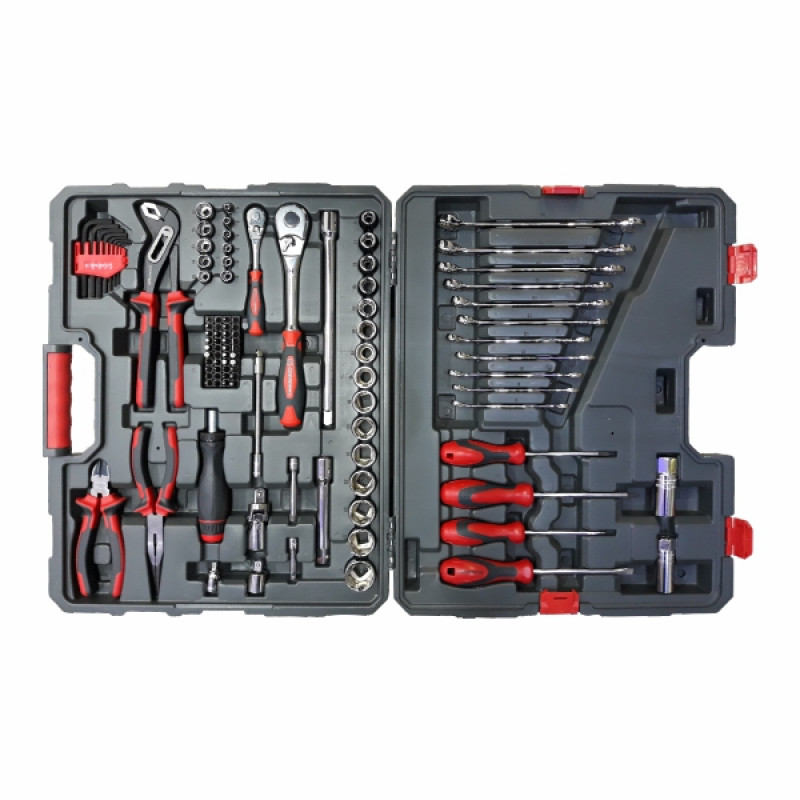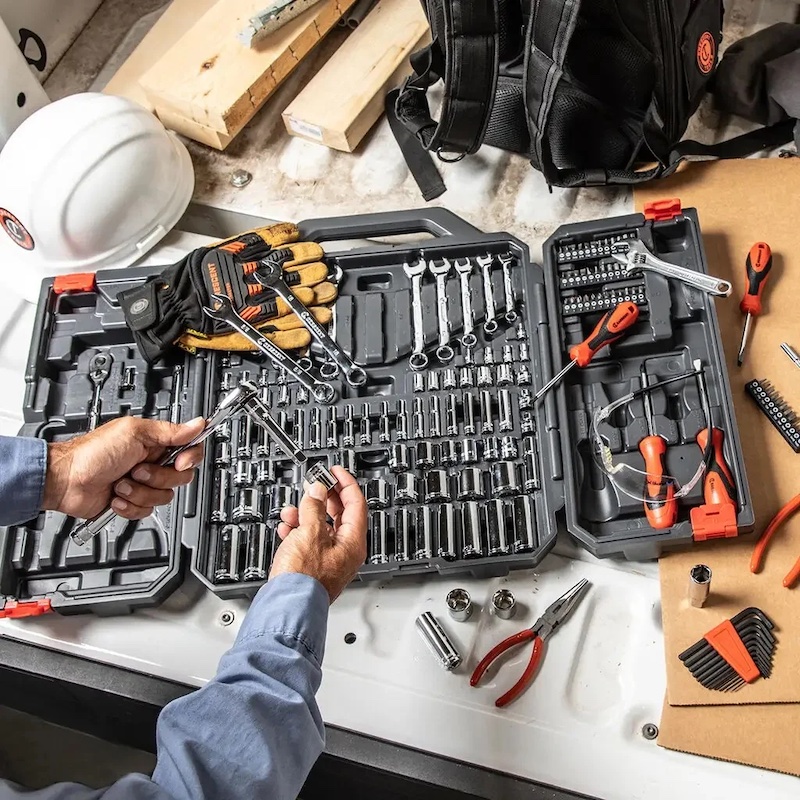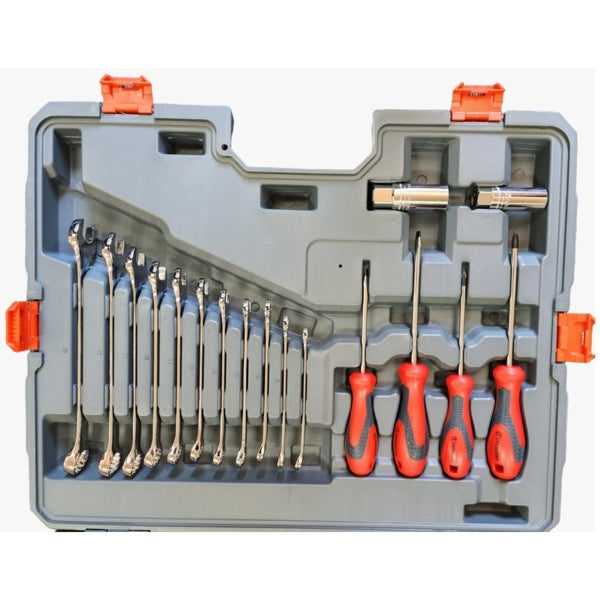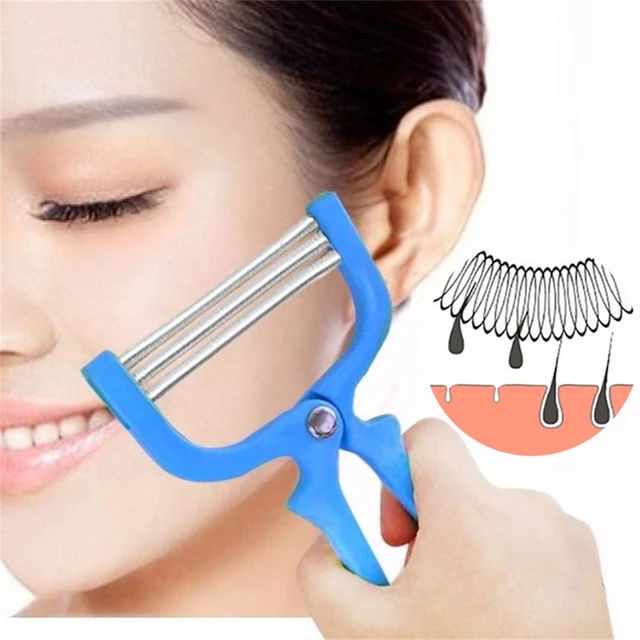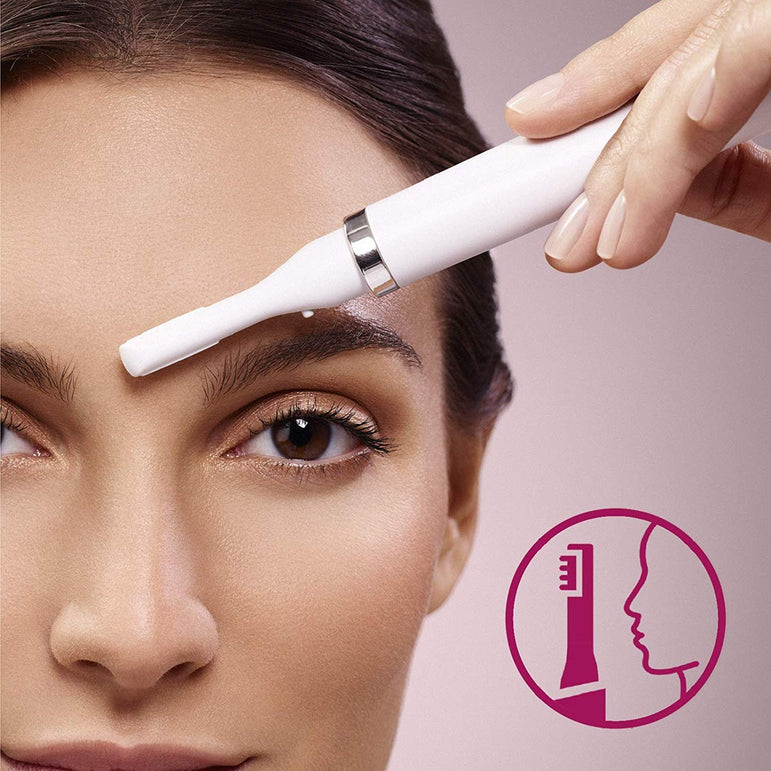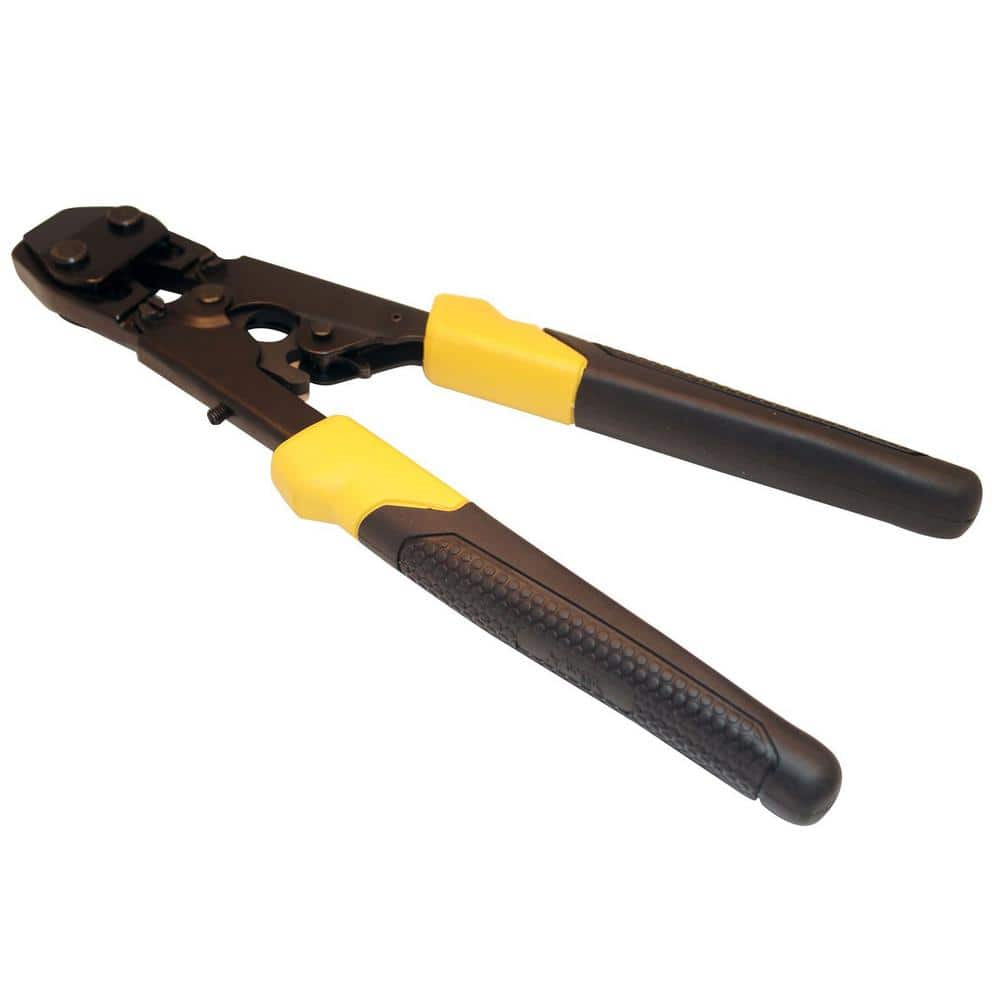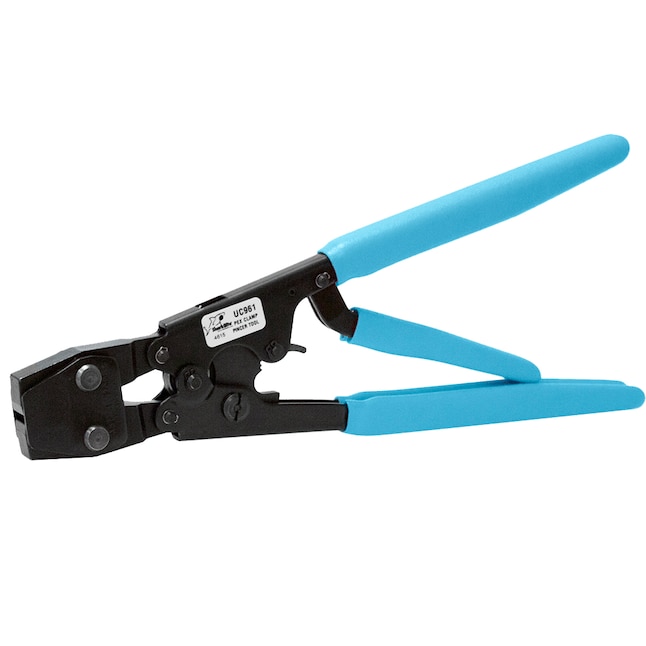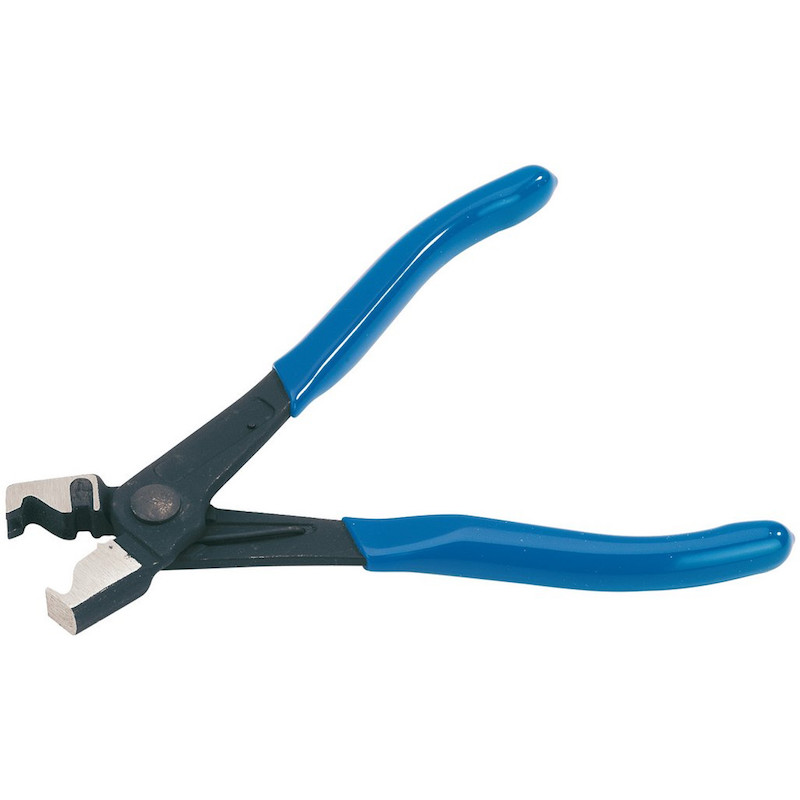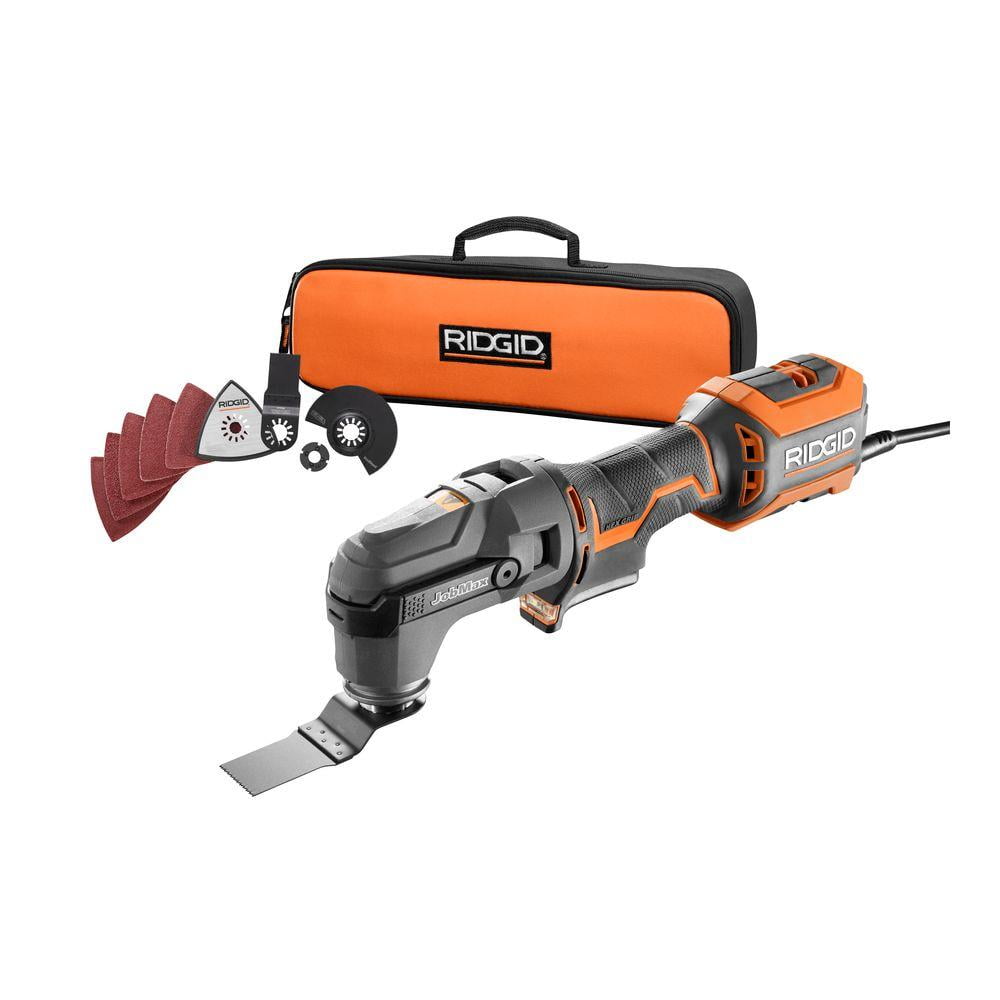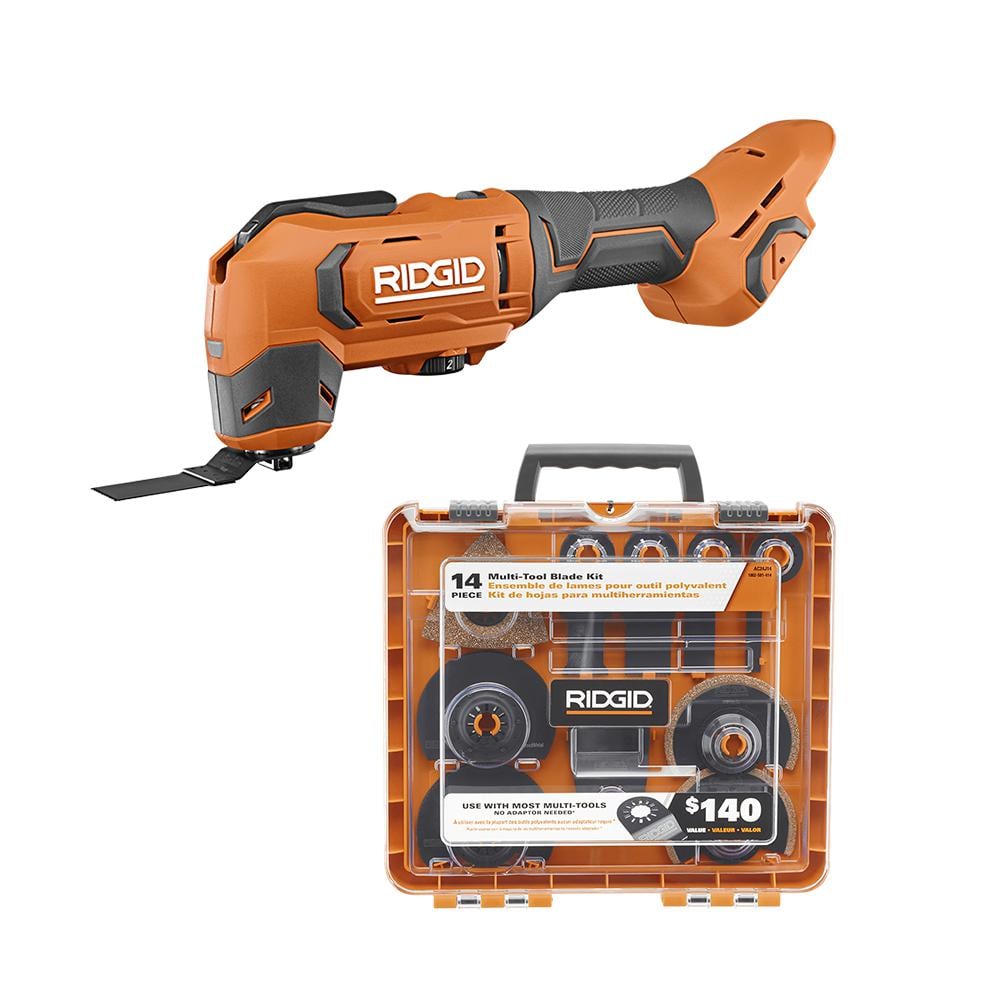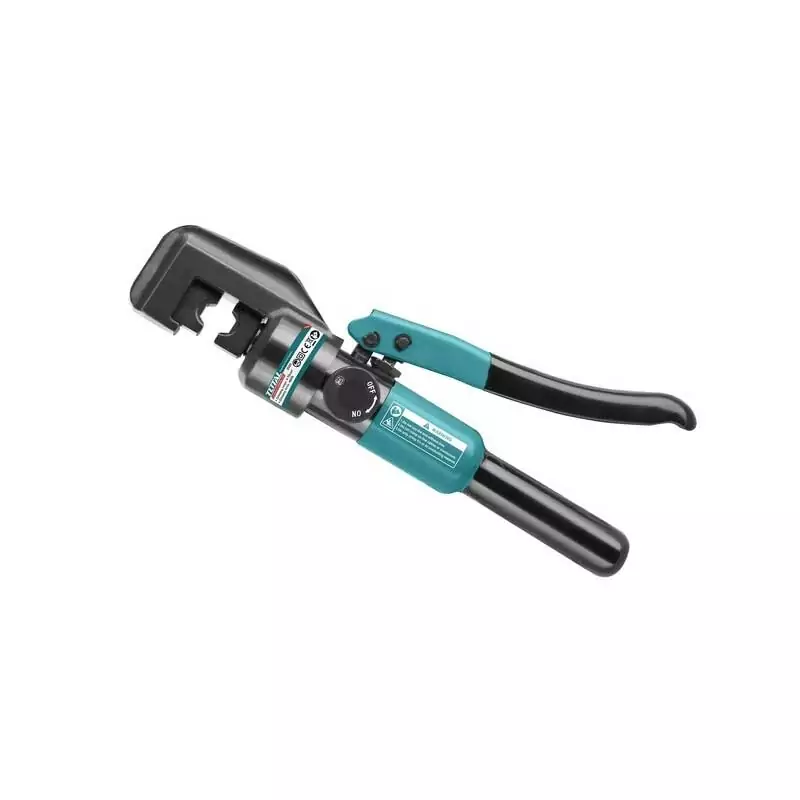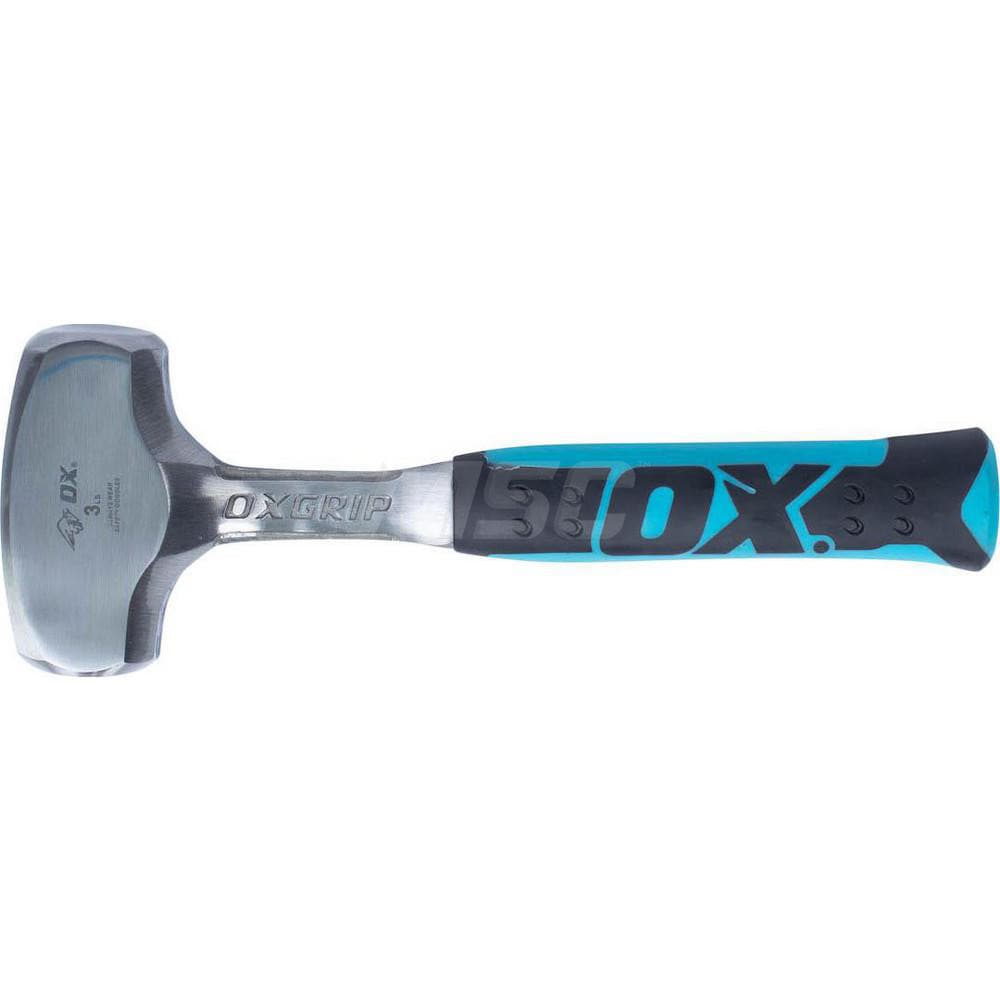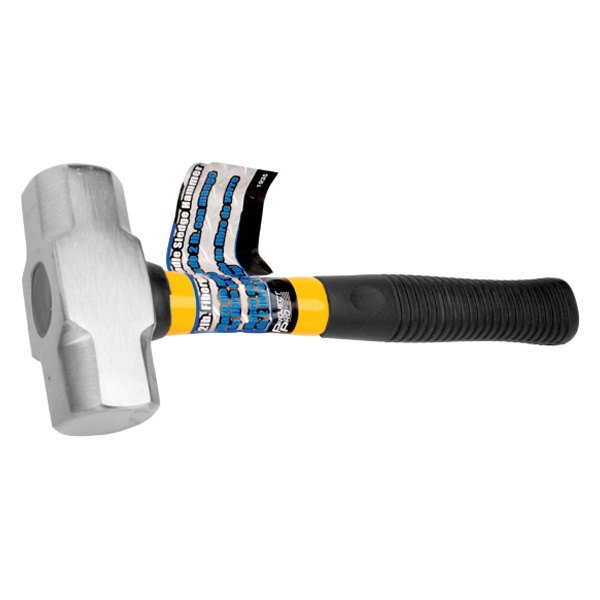The Triangle Tool Box: Fusion of Functionality and Portability
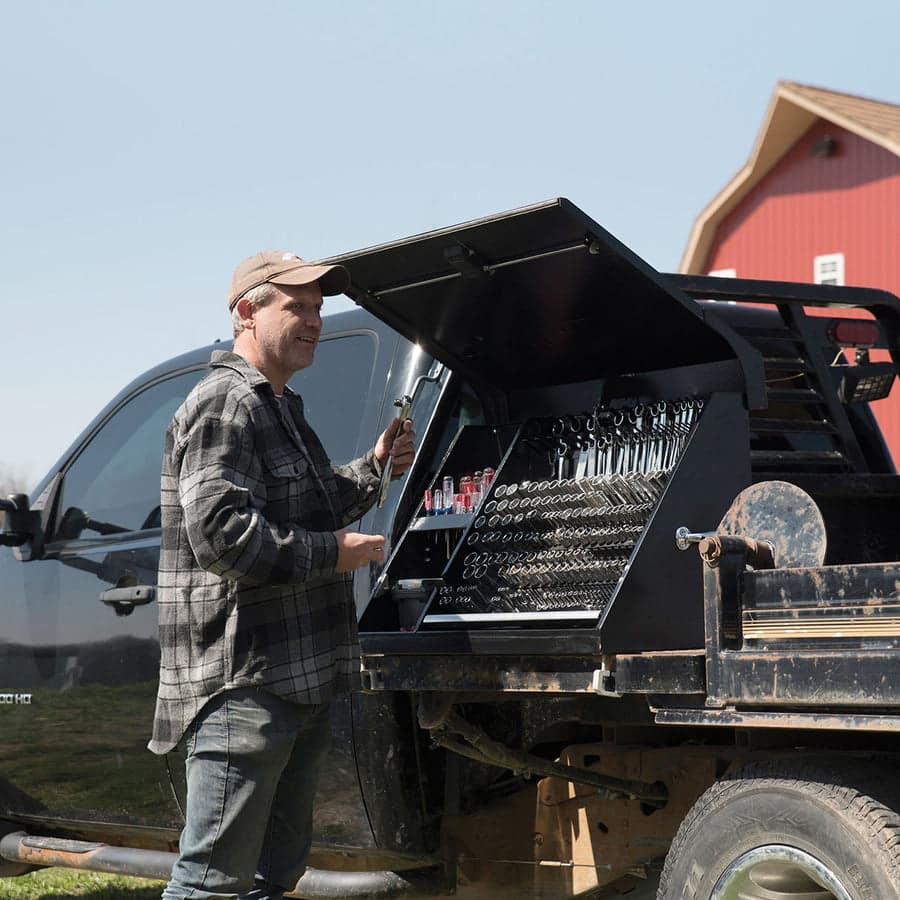
Introduction:
The triangle tool box represents a harmonious marriage of functionality and portability, offering craftsmen, technicians, and enthusiasts a practical storage solution that maximizes organizational efficiency while optimizing space-saving conveniences. This comprehensive guide delves into the myriad advantages of triangle tool boxes, unveiling their dynamic design, superior build quality, versatile utility, organizational prowess, and substantial contribution to the optimization of storage solutions for a wide array of tools and accessories.
Part 1: Design Innovation and Space Optimization
Triangle tool boxes boast design innovation and space optimization, representing a modern approach to tool storage that leverages triangular configurations to maximize interior space, facilitate portability, and streamline the organization of tools, accessories, and equipment.
Triangular Geometry: The triangular geometry of tool boxes optimizes interior space utilization, allowing for efficient arrangement and compact storage of tools and accessories to ensure that they remain secure and easy to access, limiting clutter and enhancing work efficiency.
Portability and Accessibility: The inherent portability and accessibility of triangle tool boxes allow easy carrying, effortless placement in confined spaces, and accessibility to tools without having to rummage through disorganized compartments common to traditional-shaped tool boxes.
Part 2: Multi-Compartmental Organization and Accessibility
Triangle tool boxes offer multi-compartmental organization and accessibility, incorporating intuitive features such as customizable dividers, removable trays, and prescribed tool slots, which enable users to compartmentalize and access their tools with ease and precision.
Customizable Dividers: The inclusion of customizable dividers in triangle tool boxes allows users to tailor the internal organization to their specific requirements, creating designated compartments for various tools while ensuring easy identification, simple retrieval, and secure storage.
Removable Accessory Trays: Removable trays within triangle tool boxes offer additional organization options for small parts, accessories, fasteners, and consumables, facilitating easy access and ensuring that every item has a designated storage space to minimize clutter and uphold organization.
Part 3: Durability and Superior Build Quality
The triangle tool box is distinguished by durability and superior build quality, incorporating rugged materials, impact-resistant construction, and reinforced components that endow it with the resilience necessary to withstand the demands of everyday use and protect its contents.
Rugged Material Composition: Triangle tool boxes are composed of rugged materials such as high-grade polypropylene, impact-resistant resin, and reinforced plastics, ensuring resilience against wear, tear, and external forces while safeguarding the tools and equipment contained within.
Reinforced Corner Joints: The use of reinforced corner joints in triangle tool boxes contributes to their durability and structural integrity, preventing potential weaknesses at key stress points and ensuring that the box can maintain its form and safeguard its contents during transport and use.
Part 4: Specialized Tool Storage Solutions
Triangle tool boxes provide specialized storage solutions for unique tool types, accommodating the storage of long-handled tools, power tools, and bulky accessories, while ensuring their security and maintaining an organized workshop or job site.
Long-Handled Tool Storage: Triangle tool boxes feature configurations that allow for efficient storage of long-handled tools such as levels, saws, and hammers, providing secure compartments and strategic layouts that prevent damage and facilitate easy retrieval.
Power Tool Compartmentalization: The design of triangle tool boxes incorporates dedicated spaces for power tools, including cordless drills, impact drivers, and other similar equipment, keeping them separate from other tools to prevent potential damage and maintain optimal organization.
Part 5: Enhanced Transport and Compact Storage
Triangle tool boxes enhance transport capabilities and enable compact storage, with features such as foldable handles, stackable designs, and supplementary attachment points for hanging or securing the box in a variety of settings.
Foldable Handle Design: The foldable handle design of triangle tool boxes allows for easy transport and convenient storage in confined spaces, promoting versatility and portability while ensuring that the handle can be neatly stowed away to maximize space efficiency.
Stackable Configurations: Triangle tool boxes often incorporate stackable configurations, allowing multiple units to be securely stacked on top of each other, optimizing storage space and facilitating efficient organization of tools and equipment in workshops, job sites, and storage areas.
Part 6: Versatile Applications in Various Settings
Triangle tool boxes boast versatile applications in a variety of settings, accommodating the diverse needs of professionals, homeowners, and hobbyists across multiple domains. From construction sites and workshops to home improvement projects and outdoor activities, the triangle tool box serves as a versatile solution that enhances organization and accessibility in a broad range of environments.
Construction Sites: Triangle tool boxes are ideal for construction sites, providing a portable and organized storage solution for a multitude of hand tools, fasteners, and accessories. Their durability, space-saving design, and convenient transport features make them an essential asset for tradespeople working on various construction projects.
Workshops and Garages: In workshops and garages, triangle tool boxes offer a compact and efficient way to organize and store a diverse array of tools, ensuring easy access and maintaining order in home or professional workspaces. The multi-compartmental organization and enhanced transport capabilities make them invaluable for maintaining a clutter-free environment.
Outdoor Activities: Triangle tool boxes are also practical for outdoor activities such as camping, gardening, and recreational hobbies. Their compact design and stackable features facilitate easy transportation of essential tools and equipment, ensuring that users have a secure and organized system for storing items during outdoor pursuits.
Part 7: Innovations in Toolkit Organization
Triangle tool boxes represent an innovation in toolkit organization, introducing a new paradigm for efficient and space-optimized storage of tools and accessories. By leveraging triangular configurations and advanced storage solutions, these tool boxes enhance the user experience and streamline the process of accessing, retrieving, and maintaining a myriad of tools and equipment.
Efficient Space Utilization: Triangle tool boxes maximize interior space utilization, offering a compact structure that optimizes storage capacity and allows for efficient arrangement of tools and accessories. The triangular geometry ensures that items can be stowed in a manner that effectively minimizes wasted space and maximizes the box’s storage capabilities.
Streamlined Tool Retrieval: The innovative design of triangle tool boxes streamlines the process of tool retrieval, with partitioned compartments and customizable layouts ensuring that every tool has a dedicated spot. This feature helps users quickly locate and retrieve specific tools, reducing search time and enhancing work efficiency.
Improved Accessibility: Triangle tool boxes improve accessibility by providing clear visibility and easy access to organized tools and equipment. The multi-compartmental organization and adjustable dividers enable users to maintain a logical arrangement of items, facilitating effortless access and promoting a well-organized toolkit.
Part 8: Ergonomic Design and User Comfort
Triangle tool boxes feature an ergonomic design that prioritizes user comfort, ensuring that transportation, handling, and use of the tool box are convenient and hassle-free. With features such as comfortable grips, lightweight construction, and user-friendly functionality, these tool boxes can enhance the overall user experience.
Comfortable Grips: Triangle tool boxes’ well-designed handles and grips minimize strain on the user’s hands, ensuring a secure and ergonomically sound grip during transportation and use.
Lightweight Construction: The lightweight construction of triangle tool boxes reduces the strain associated with transportation and lifting, enhancing user comfort and making the tool box easier to move around. This feature is particularly advantageous when transporting the box between job sites or storing it in confined spaces.
Conclusion:
The triangle tool box stands as an epitome of modern innovation, harmonizing functionality, portability, and superior organization within a compact and versatile storage solution. With its dynamic design, multi-compartmental organization, and resilient build quality, the triangle tool box offers craftsmen, technicians, and enthusiasts an indispensable tool storage solution that caters to diverse tool types, maximizes space efficiency, and enhances portability and organization. As an integral asset in the realm of tool organization and workshop management, the triangle tool box embodies a seamless fusion of practicality and innovation, ensuring that users can optimize their toolkit’s organization and transport capabilities to achieve superior results across a breadth of applications.

